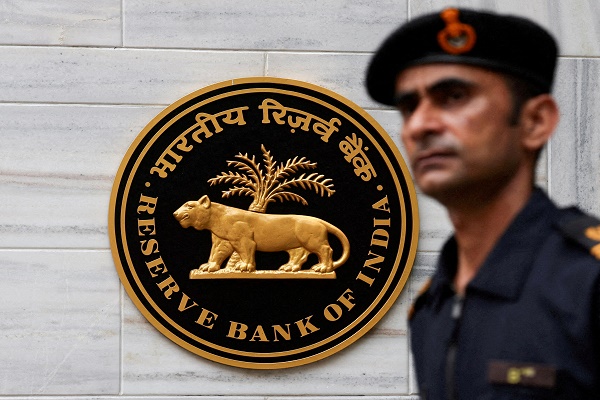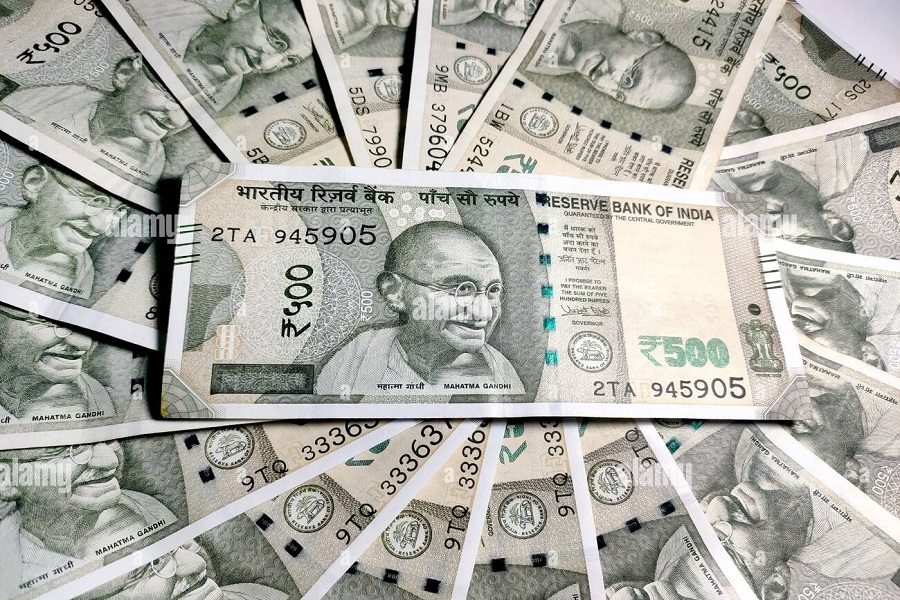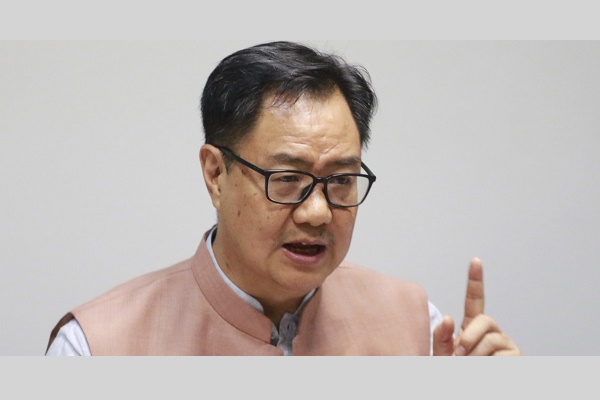RBI Preview : Three key questions ahead of the MPC meet by Emkay Global Financial Services Ltd

There is not much excitement in the markets, ahead of the upcoming MPC meet. Most are expecting it to be a non-event, with traces of dovishness – similar to Dec-23. However, some key market-moving concerns continue to linger. We answer a few of the questions our clients have been asking us, covering issues such as (i) case and timings of the policy pivot and stance change, (ii) factors ahead influencing liquidity management, and (iii) of course, which part of the yield curve has maximum juice ahead. From the policy point, we see the RBI striking a dovish tone in the upcoming policy, post a healthy budget and largely comfortable global narrative, but it will fall short of any stance change (a close call). No material change in the assessment of macro variables is expected.
#1 When will the RBI pivot on rates?
We have long maintained that the RBI’s policy has been somewhat pegged to the Fed, specifically in the last two years, even as it formally targeted inflation. The swift turn of tone and action pivots of the RBI in the last two years have been influenced purely by global causes [recall a few key hawkish pivots: Ex. 1]. Amid fluid external dynamics, the policy prerogative has essentially been to ensure financial stability, even as the policy narrative has been domestic – implying the aim of financial stability may have even preceded inflation management in the last two years.
Can RBI Precede the Fed?
We understand that shifting debates on global narratives requires the RBI to be flexible as well. Presently, a swift change in risk appetite and low volatility in risk assets has given a comfortable breathing space to EMs, including India, on offering higher risk premia. As of now, markets are assigning ~60% probability of the first Fed cut by May-24 (CY24, 117bps cut) [Ex. 2]; and domestically, policy normalization is seen by Feb-24, with one cut each in Jun-24 and Oct-24. We think factors such as: 1) US inflation trends taking time to discern, 2) economic resilience, and 3) easier financial conditions feeding back into demand may be slowing any early move towards massive key DM central bank easing this year. This should restrain the RBI from cutting early as well. As of now, we see the Fed not cutting before Jun-24, with the RBI following suit with a lag. We maintain that the RBI will not precede the Fed in any policy reversal in CY24.
#2 What’s happening to system liquidity and consequent relevance of the RBI’s stance
The stance has been loosely linked to liquidity behavior, with the RBI changing the stance to ‘withdrawal of accommodation’ in Apr-22 and adding SDF to its liquidity management toolkit. While system liquidity stayed largely manageable in 2023, the interbank call rate stayed above the repo rate since Aug-23. Liquidity has, however, tightened significantly since mid-Dec-23 (above 1% of NDTL) [Ex. 3], with the Jan-24 deficit averaging Rs2.1trn. This has been led by (i) seasonally higher currency in circulation (CIC) – 2H behavior [Ex. 4], (ii) higher build-up in general government cash surplus amid increased spending-receipts mismatch [Ex. 5], (iii) higher C/D ratios [Ex. 6], and (iv) lesser net FX accretion via the BoP route (fading since Q2FY24 after bumper Q1). This has prompted the RBI to inject liquidity at the margin since Dec-23 via FX, while the VRR route was massively used.
So should there be a formal change in the stance?
Given that the call money rate has been hugging MSF for the last four months [Ex. 7], technically the accommodative stance is already under the scanner. However, the recent week has seen liquidity deficit easing to sub-Rs1.5trn, with TREPs below SDF, while the RBI is now doing mild VRRRs to keep overnight rates above the repo rate. We understand the RBI would be biased to keep overnight rates more aligned towards the repo rate than MSF/SDF ahead. A part of this would be naturally achieved ahead. Our estimates suggest system liquidity deficit is likely to ease to 0.5-0.7% of NDTL in the coming months vs. 1.1-1.2% of NDTL in Jan-24, helped by the government’s cash drawdown, apart from other factors [Ex. 8]. A stance change, thus, may wait until April and will give the RBI some elbow room to understand and adjust to global dynamics.
#3 How to play the yield curve (YC) ahead?
There has been massive flattening in the sovereign YC, especially in the last one month [Ex. 9], helped by lower gross borrowing announcement and fall in global yields (partly reversed now), while tighter liquidity has kept the shorter end an elusive trade. We do not expect the trend to change much going ahead, as liquidity deficit would still be above 0.5% of NDTL and could help ease shorter tenor yields only at the margin, while the longer tenor may stay favorable, led by better demand-supply dynamics and lower inflation prints ahead. We think ‘playing the steepener' can easily wait till summer.
For More Emkay Global Financial Services Ltd Disclaimer http://www.emkayglobal.com/Uploads/disclaimer.pdf & SEBI Registration number is INH000000354























